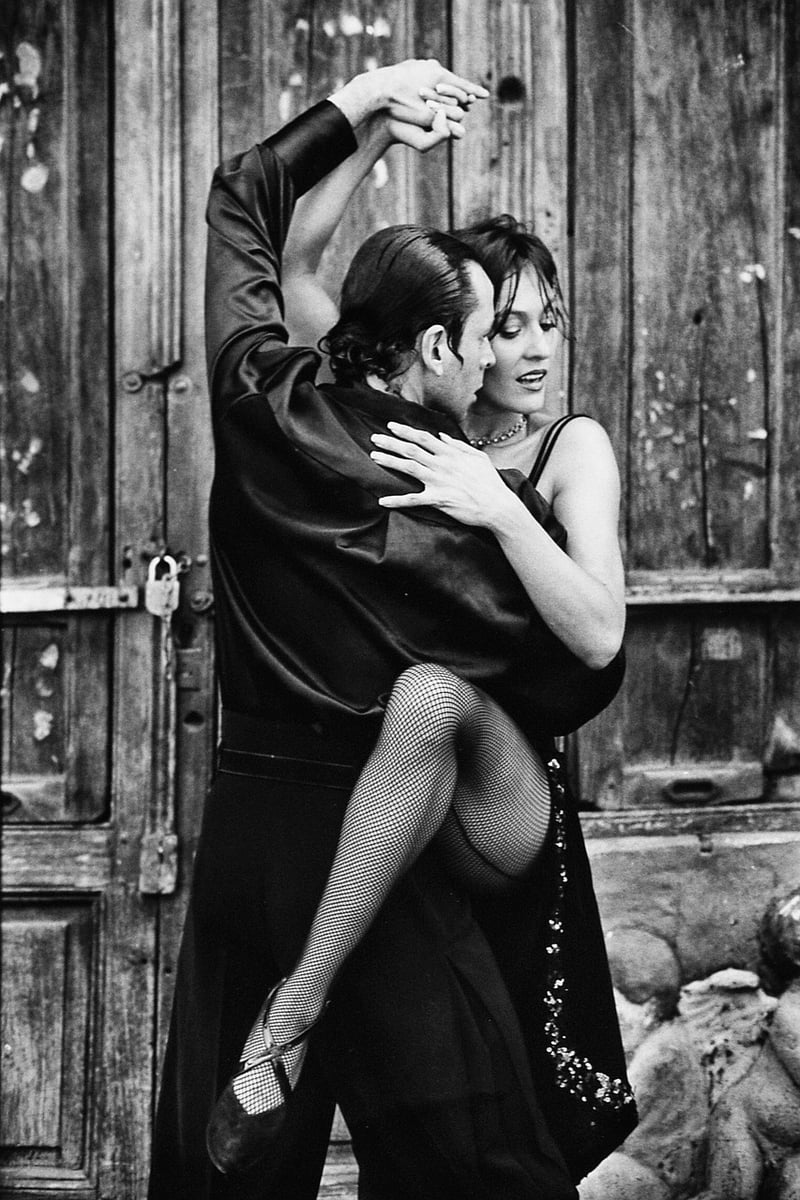Salsa
The Art of Expressive Movement in Salsa Dancing

Salsa dancing is not just about steps and rhythms; it's about expressing emotions and telling a story through movement. One of the key elements that elevate salsa dancing to an art form is the incorporation of expressive movement.
What is Expressive Movement?
Expressive movement in salsa involves using your body to convey the music's emotions and lyrics. It goes beyond executing steps correctly; it's about infusing your dance with passion, energy, and feeling. Whether it's a sensual body roll, a sharp hip movement, or a dramatic arm gesture, each motion should reflect the mood and intensity of the music.
Tips for Incorporating Expressive Movement in Salsa:
- Connect with the music: Listen carefully to the music and let it guide your movements. Pay attention to the beats, instruments, and lyrics to interpret the song's emotions.
- Engage your emotions: Dance from the heart and let your feelings drive your movements. Whether it's joy, sensuality, or longing, channel your emotions into your dance.
- Focus on storytelling: Every salsa song tells a story. Try to convey the song's narrative through your movements, creating a visual representation of the music's message.
- Use your body fully: Engage your entire body in the dance. From head to toe, every part of your body should be involved in expressing the music's nuances.
Benefits of Expressive Movement in Salsa:
By incorporating expressive movement into your salsa dancing, you can elevate your performance and connect more deeply with your partner and the audience. It adds a layer of artistry and emotion that transforms the dance from a series of steps into a moving experience.
So next time you hit the salsa dance floor, remember to not just dance the steps but dance the emotions. Let the music guide you, and express yourself through every movement.

Dance with passion, feel the music, and let your body speak the language of salsa!
